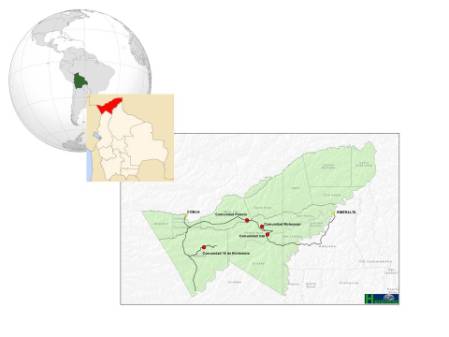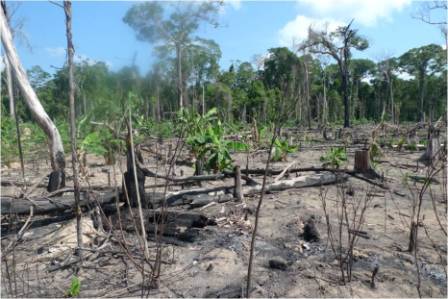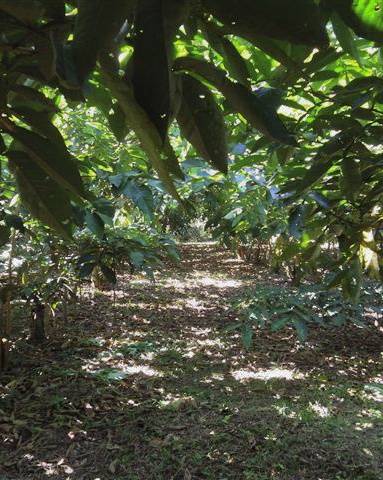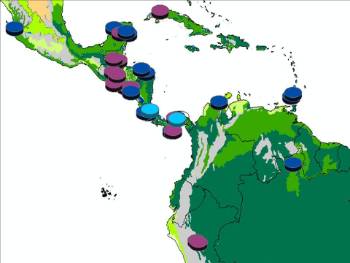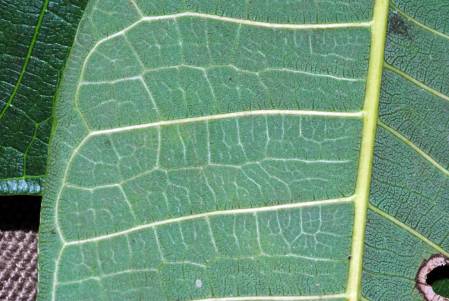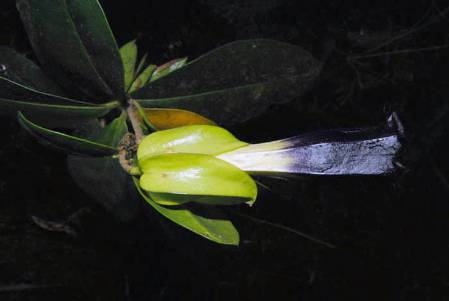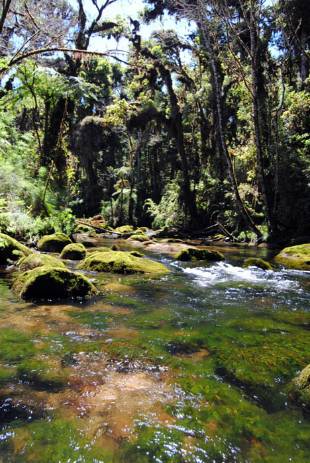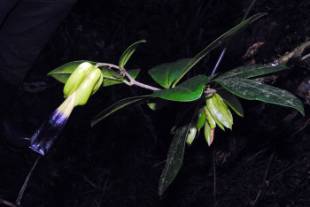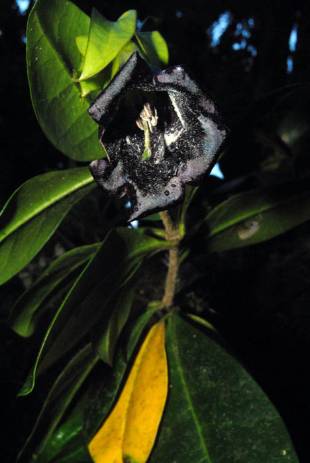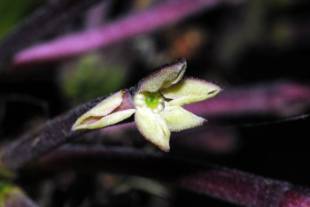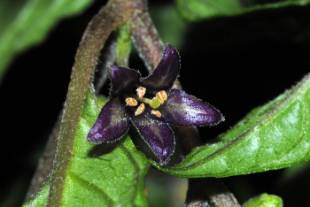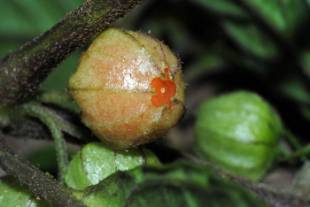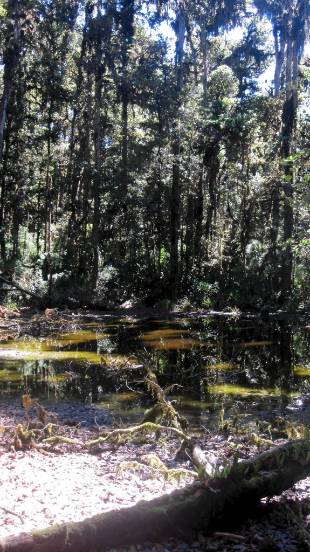Our last day in the mountains. Mixed emotions really. We have made some great collections, enjoyed each other’s company (I hope), learnt a lot, had great support from our porters and field team and have been very lucky with the weather. We are a bit tired though and beginning to lose some of our enthusiasm. I even caught myself not being amazed at seeing a Quetzal so it is probably time for us to head home.

Oak forest at 8 in the morning, light streaming through the foliage
For me the highlight of the fieldtrip has been camping on top of one of the Cerros Tararias, almost certainly the first Europeans to have made it to the top of one of these 200 m high blocks of gneiss rock each with its mini paramó atop. Not only did we get the first plant collections from here but we also enjoyed spectacular views between Cerros Kamuk and Fábrega and down the valley of the Río Jet. A completely unexplored part of the Park and the focus of another trip should we get the funds.

View of one of the Cerros Tararias and out across to the Río Jet valley

Carlos ‘Leña’ and his son Josué. Carlos has been our guide and lead porter for much of our work in La Amistad Binational Park and has been a key player in our exploration of the Park.
It has also been a real privilege to be able to share some of what we have done and seen with visitors to the Museum as part of the Nature Live programme. For that a big thank you should go to Stephen Roberts and Jo Kessler from the Museum’s Nature Live team, Lee, Adam, Alex, Eddie, Ken and Tony from our Special Effects Department and Erica McAllister and Gavin Broad from our Entomology Department.
Also to Tom Simpson, who although was of course very lucky to come with us and whose feet in no way smell (no really they don’t), was incredibly professional and did everything possible to make sure that the live video links went well and answered as many of the questions on the schools blog as possible. Last but not least Jon from our Interactive Media team who has been assembling and editing this blog and to Grace from our Learning Programme who set up the events for schools.

Tom uploading his blog from the base of the Cerros Tararias

Our camp at the base of the Cerros Tararias
The plan today was to walk from our main camp at the Albuerge (see the map on Tom's blog) at 2,500 m to a smaller one, Casa Coca, at 1900 m so that tomorrow morning we can get back to the park entrance in good time for the eight hour drive back to San José. It was a beautiful sunny morning, the light streaming through the trees as we set off.
The plan was to interrupt our walk and sneak in a sample point half way, in the Pacific drainage. It was really amazing how dramatically the forest changed once we had crossed the main pide between the Caribbean and the much drier Pacific, the understory becoming more open and the canopy lower, possibly because of less rain and more wind?

Holger at the Continental pide collecting a sneaky lichen from the back of the Park sign
Scientifically the trip has been a great success, Jo Wilbraham made about 340 moss collections, Holger Thues about 500 lichen collections and Daniel Santamaría (from Costa Rica), Neil Brummit and myself about 640 vascular plants collections.
I think that Holger has certainly been the most enthusiastic about his finds with new records not just for Costa Rica but the whole of Tropical America. We are quietly confident of having collected some new species but will need to wait until we get back to a herbarium to be sure. This highlights the importance of global reference collections, such as our own, to identifying new species.

Jo with the bulk of our collections, bagged up and ready to be transported
to the INBio herbarium for drying, sorting and identification



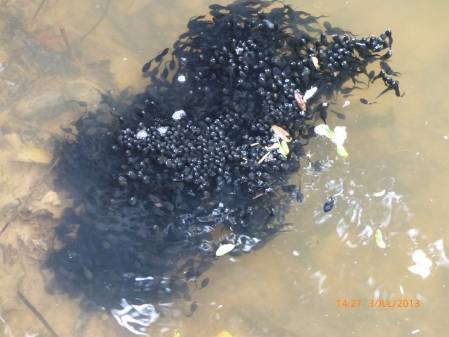
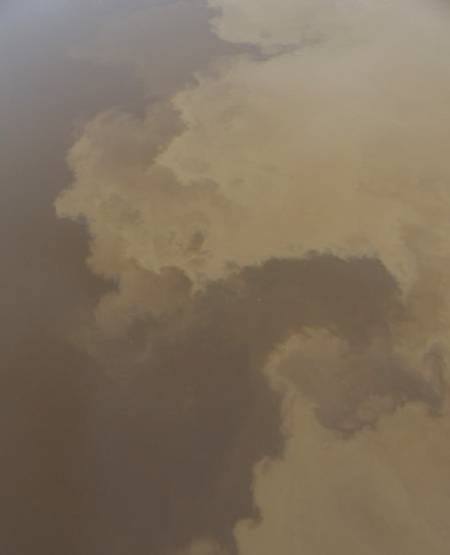
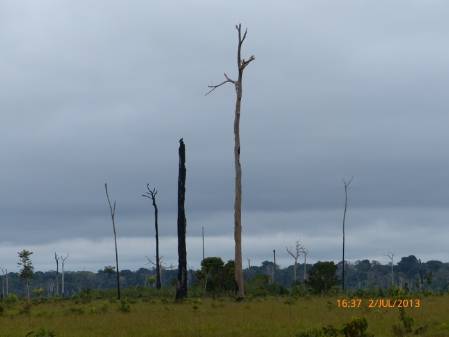
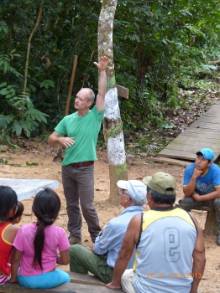
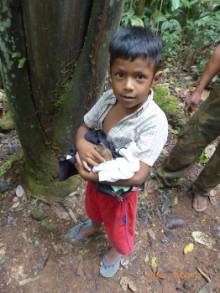
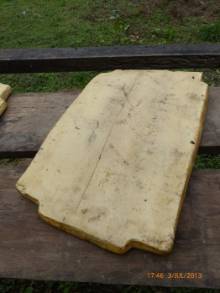
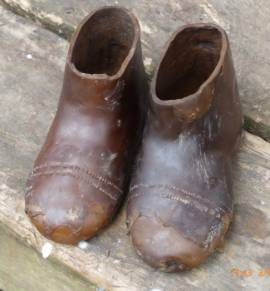


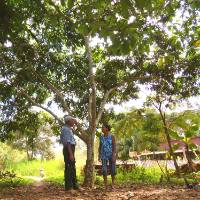
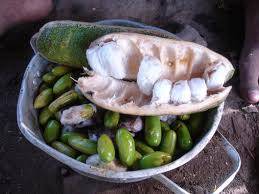
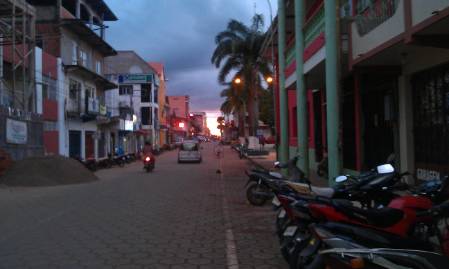
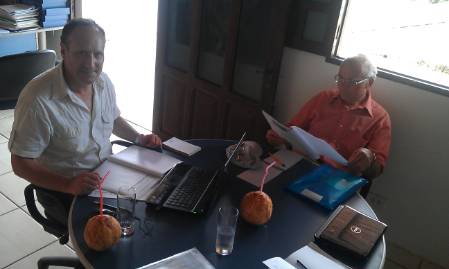
.jpg)
.jpg)
.jpg)
